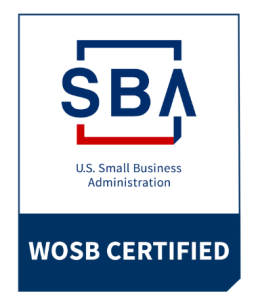
20 May Safety Leadership: Inspiring and Empowering Your Workforce
In today’s workplace, safety is no longer an afterthought. It’s a core value that underpins a thriving and productive work environment. But achieving true safety excellence requires more than just policies and procedures. It requires safety leadership.
Safety Leadership is the philosophy that safety is everyone’s responsibility, spearheaded by a committed and empowered workforce. Leaders who embody this approach go beyond simply enforcing rules. They inspire and empower their teams to actively participate in creating a safe work environment.
Leading by Example
Safety leadership starts at the top. Here’s how leaders can set a strong foundation:
- Be visible and engaged. Regularly visit worksites, attend safety meetings and participate in safety inspections. Your presence sends a powerful message that safety is top priority.
- Walk the talk. Always follow safety procedures yourself, even when it seems inconvenient. Don’t create a double standard where rules apply differently to leadership.
- Hold yourself accountable. Take responsibility for safety incidents and near misses. Use them as learning opportunities with your team and demonstrate a commitment to continuous improvement.
- Empower your team. Provide employees with the resources and training they need to work safely. Encourage them to report safety concerns and participate in safety discussions.
Building a Culture of Safety
Safety leadership thrives when it becomes a shared responsibility. Here are 5 ways to foster a culture of safety within your organization:
- Open communication. Encourage open communication about safety concerns. Create a safe space for employees to report issues without fear of reprisal.
- Recognition and rewards. Recognize and reward employees who demonstrate safe behaviors and contribute to a positive safety culture. This reinforces the importance of safety and motivates others.
- Ongoing training. Provide ongoing safety training to keep employees up-to-date on best practices and procedures.
- Invest in safety resources. Allocate resources for safety equipment, training and safety programs.
- Celebrate safety successes. Recognize and celebrate safety milestones and achievements. This keeps safety top-of-mind and shows employees that their efforts are valued.
The Benefits of Strong Safety Leadership
Investing in safety leadership is a win-win-situation, Here are some key benefits.
- Increased employee morale and engagement. When employees feel safe and valued, they are more likely to engaged and highly productive.
- Improved productivity and efficiency. A safe work environment reduces disruptions caused by accidents and injuries.
- Reduced costs associated with workplace injuries. Safety leadership helps prevent accidents, leading to lower healthcare costs, workers’ compensation claims and downtime.
- Enhanced company reputation. A strong safety culture demonstrates your commitment to employee well-being and attracts top talent.
Safety leadership is not a one-time initiative; it’s an ongoing commitment. By leading by example, building a culture of safety and inventing in your workforce, you can create a safe and healthy work environment for everyone. This not only protects your employees, but also contributes to the overall success and positive reputation of your organization.
Take Action
Safety leadership starts today. Here are some questions to consider:
- How do you currently demonstrate safety leadership in your role?
- What steps can you take to further empower your team to be safety advocates?
- Are there additional resources of training programs that could enhance your safety culture?
By actively promoting safety leadership, you can help create a workplace where everyone feels empowered, engaged and safe.




